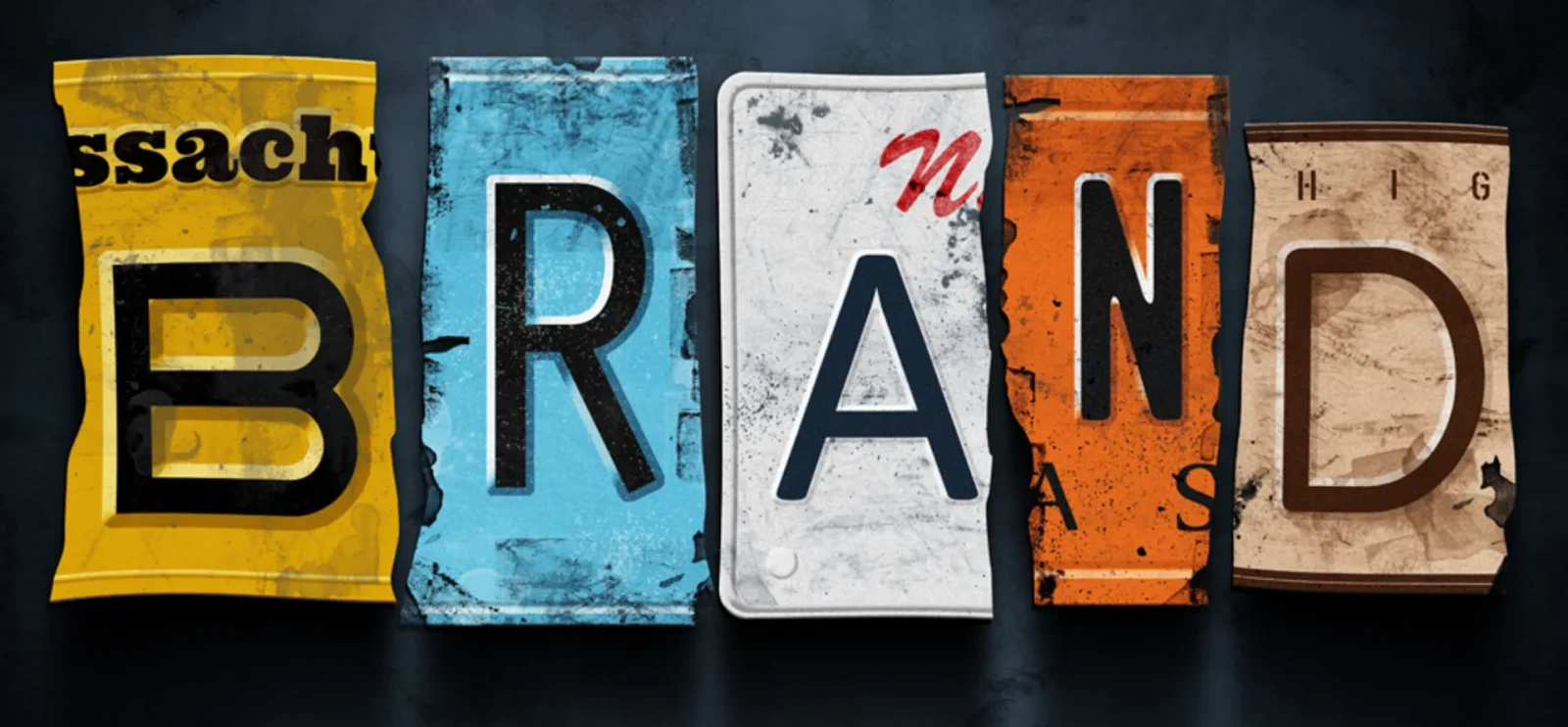For technology companies, experiential marketing offers something that other channels can’t easily replicate: trust, understanding, and emotional connection. As consumers grow weary of endless digital noise, live and tangible experiences are becoming the most effective way for brands to stand out.
In an age dominated by AI and automation, people are craving authenticity. Many are spending less time on social media and showing increasing skepticism toward digital platforms. This cultural shift is creating fertile ground for real-world brand interactions that feel meaningful and human.
At the same time, the definition of “tech” itself is evolving. Businesses across sectors like healthcare, gaming, and consumer devices are positioning themselves as tech-first, but they’re also beginning to communicate more like lifestyle brands — focusing on emotion, storytelling, and personal identity rather than just technical capability.
That’s why experiential marketing is such a strong fit. The tech world often faces unique barriers to purchase — complexity, cost, and trust — and live engagement helps to overcome all three.
Making the Complex Simple
Tech products are often high-value items with longer decision cycles. Before committing, people want to see, touch, and try. This is especially true for companies offering subscription models that require ongoing customer commitment. Interactive experiences, such as immersive brand showcases or creative demo spaces, help consumers explore technology in ways that are playful, informative, and memorable.
As devices and ecosystems become more complex, so does the challenge of explaining their value. That’s where experiential “edutainment” — the blend of education and entertainment — comes in. Hands-on trials, guided demonstrations, and live activations can simplify advanced concepts, making them accessible to a wider audience. These moments allow consumers to experience benefits firsthand rather than just reading about features.
There’s also a clear shift from rational messaging to emotional storytelling. Consumers care less about technical details and more about what technology enables them to do or feel. Modern tech experiences emphasize humanity and creativity — inviting participation rather than presenting instruction.
Building Trust and Connection
For tech brands, trust is essential. Whether it’s data sharing, subscriptions, or ecosystem integration, consumers need confidence that the brand is dependable and transparent. Real-world activations provide that reassurance. Face-to-face engagement naturally fosters credibility and allows authentic, two-way conversations.
Live experiences are also powerful tools for breaking beyond niche audiences. Many tech brands start with early adopters, but scaling to a broader audience requires guidance, explanation, and emotional connection — all of which are easier to achieve through in-person engagement.
Beyond driving awareness, these experiences cultivate community. Tech fandoms often grow around devices, games, or platforms, and real-world events help solidify that sense of belonging. When fans gather to try, play, or test something together, they become advocates, creating user-generated content, spreading enthusiasm, and deepening loyalty.

Removing Barriers and Building Partnerships
For B2B technology companies, relationships often drive growth — whether through investment, collaboration, or product integration. Live events remain the most effective way to foster those partnerships. They allow brands to showcase their ecosystems, demonstrate capabilities in context, and build trust through personal interaction.
Ultimately, experiential marketing helps technology brands move from simply raising awareness to creating real understanding and belief. When people can experience a product or brand in person — not just read about it online — they connect on a deeper level. And in a world where digital has become almost invisible, the physical experience is what makes technology feel human again.







